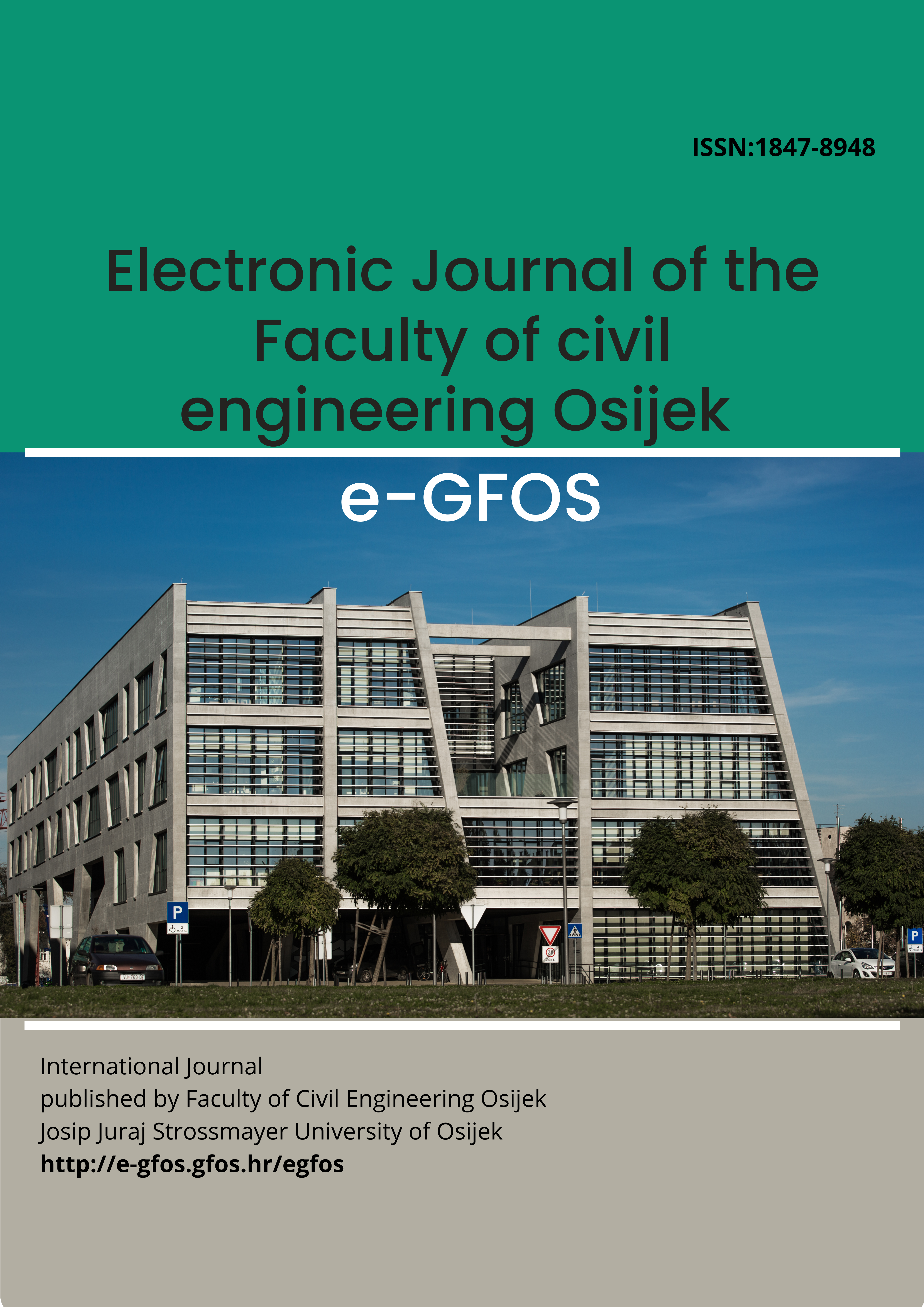PERMACULTURE ZONE PLANNING USING THE TRIANGULAR METHOD
Keywords:
Permaculture; zone planning; production planning; material flow; triangular methodAbstract
Permaculture is a multifaceted, integrated, and ecologically harmonious method of designing human centered landscapes. One of the key elements in planning permaculture systems is zone planning. In this method, the locations of system elements are determined by two factors: (1) the number of times a human wants to visit a plant, animal, or structure, which corresponds to using the element; (2) the number of times a plant, animal, or structure should be visited by a human, which corresponds to servicing the element. These criteria for zone planning are fundamentally the same as the ones used for production system planning. In permaculture system planning, the criterion is related to interactions between humans and environmental elements, while in production systems, it is related to the number of interactions between system elements, such as machines or structure objects. The goal of planning in production systems is also the same as in permaculture, i.e., the determination of the most favorable spatial arrangement of the system elements. The goal of this study is to present a possible application of one of the production planning optimization methods for permaculture, i.e., zone planning. The optimization method—the Bloch–Schmigalla triangular method is based on the material flow according to the minimum transport distance criterion.

